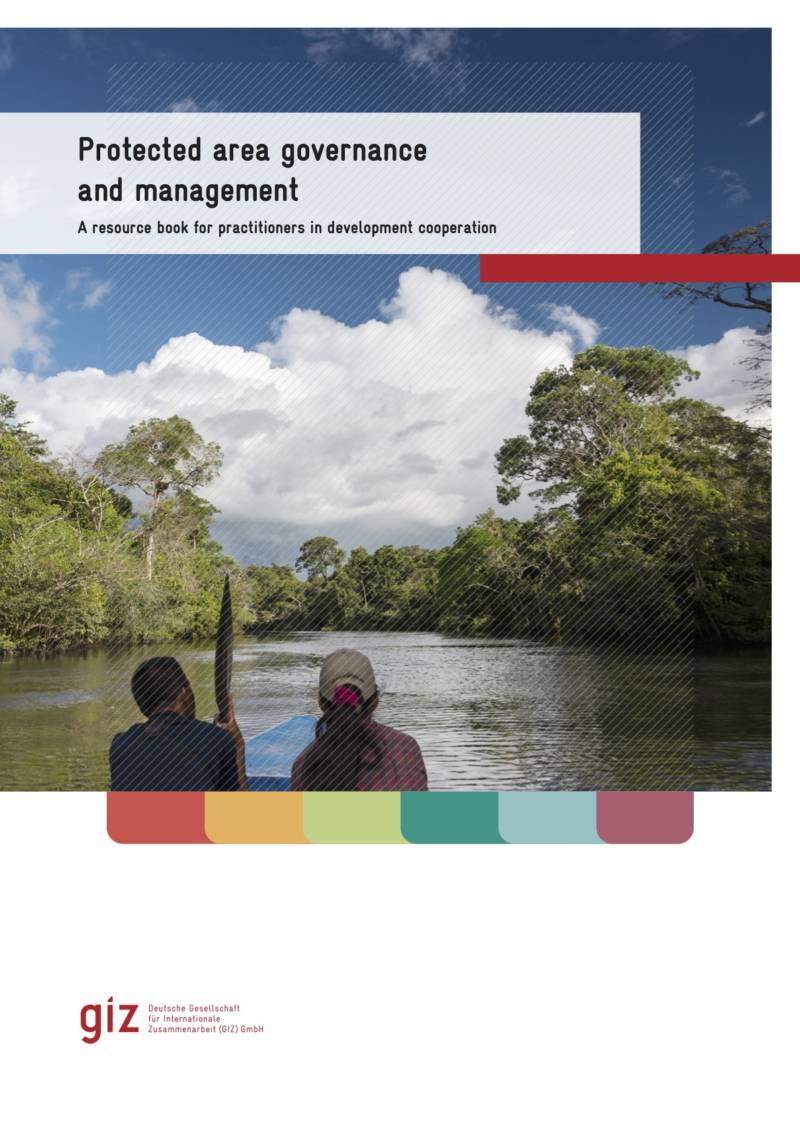Protected Area Governance and Management
A resource book for practitioners in development cooperation
From Yosemite’s taiga forests to the Serengeti’s savanna grasslands to the unique marine ecosystems of the Galapagos Islands, protected areas harbour some of the most spectacular and diverse landscapes and seascapes on earth. They are a cornerstone of in situ biodiversity conservation.
Different kinds of protected areas retain important habitats and provide refuge for threatened biodiversity — be it endemic plants, pollinating insects or keystone species such as lions, jaguars, gorillas, otters and whale sharks. They also fulfill critical functions for human wellbeing, both for communities that directly depend on them and for urban agglomerations that benefit from intact water catchment areas, for instance.
Healthy, diverse ecosystems provide clean air, safe drinking water, food, fertile soils, climate regulation and an array of recreational and tourism opportunities. Terrestrial and marine protected areas also store and sequester substantial amounts of carbon and play an important role in global climate change mitigation and adaptation.
Moreover, as many such areas remain understudied, they form important hubs for scientific research and also provide a variety of employment opportunities. Reflecting local cultural heritage and spiritual values of the communities living in and near them, protected areas serve as places of inspiration, regeneration, knowledge and education and as such are fundamental to conserving both biological and cultural diversity


